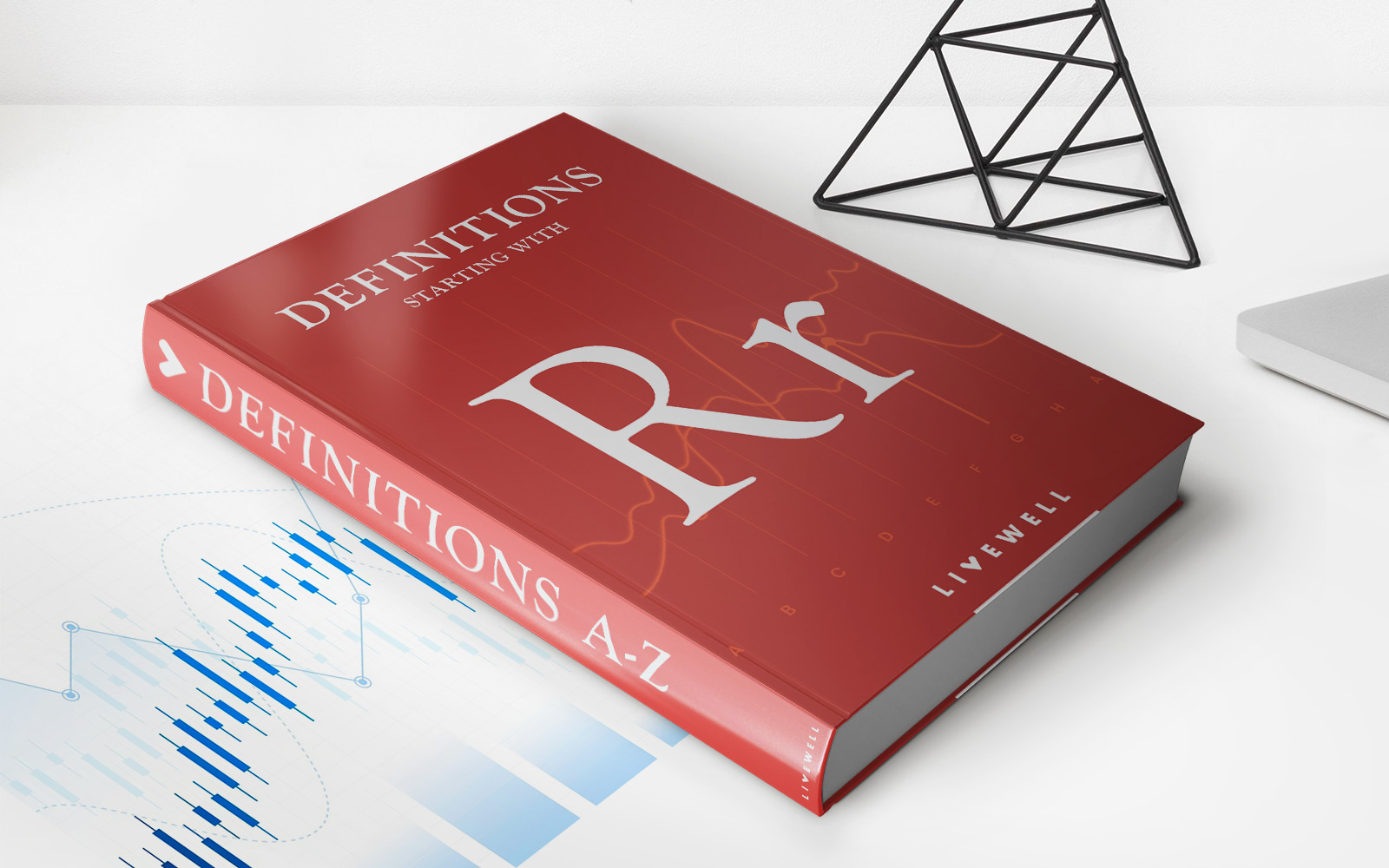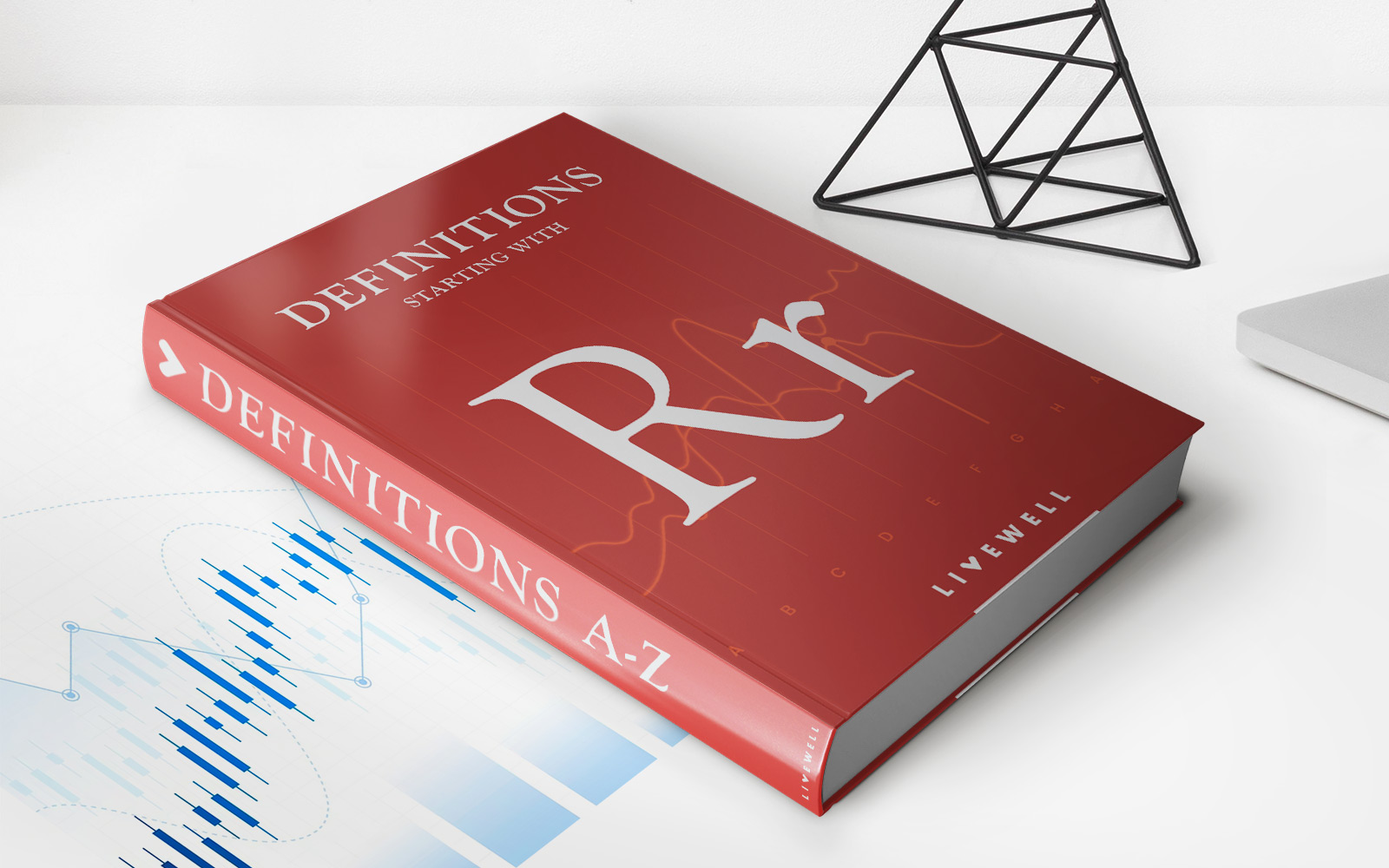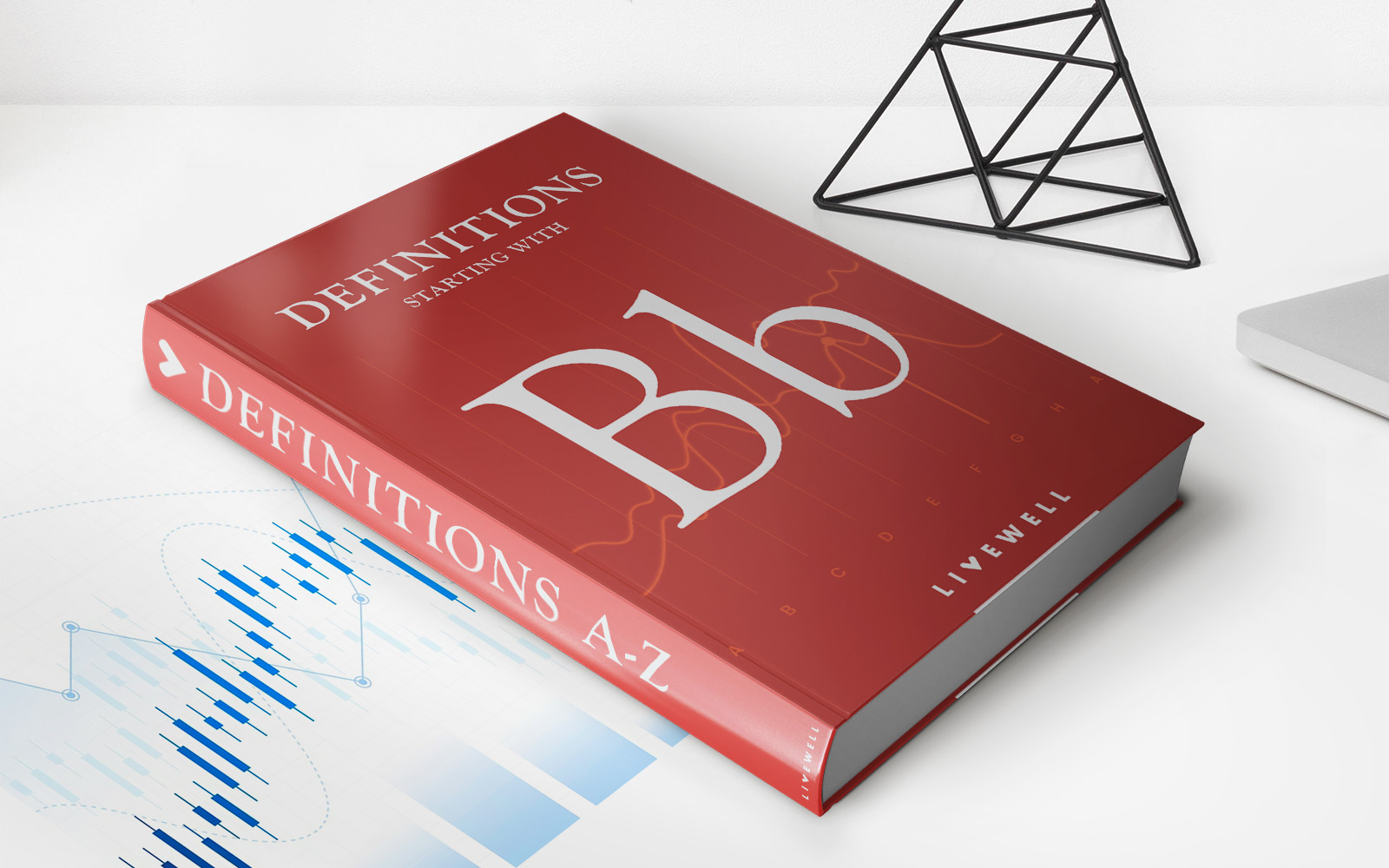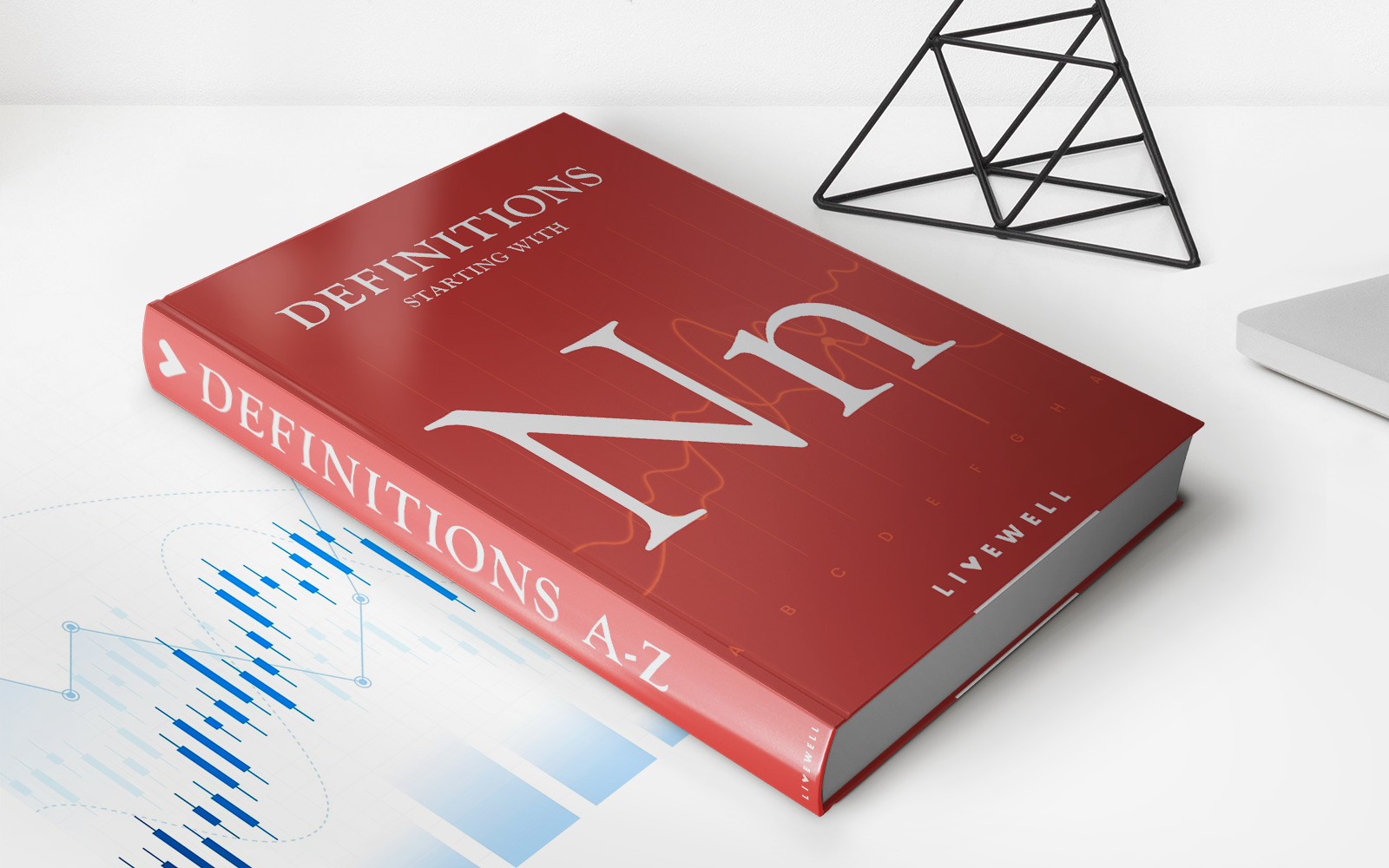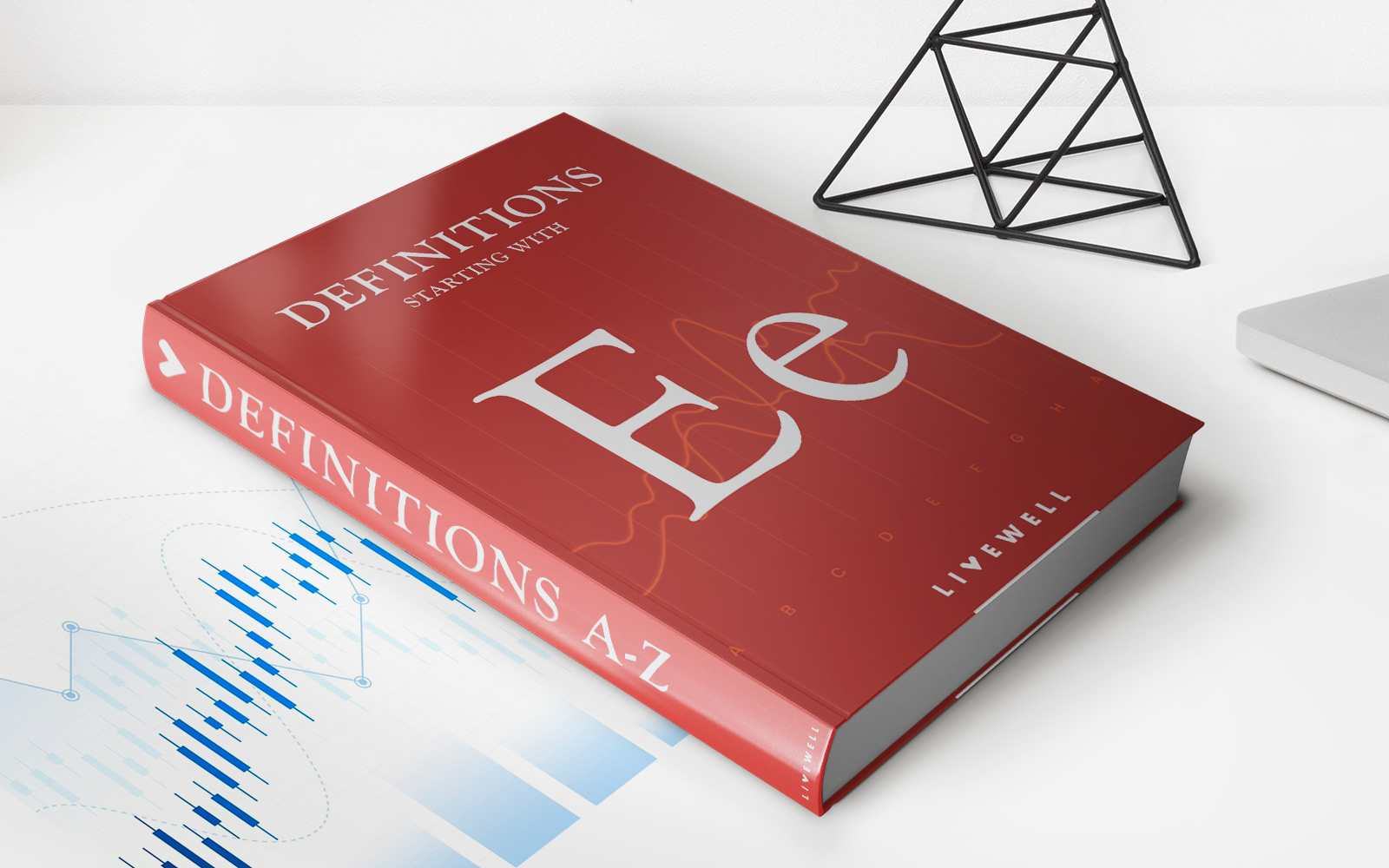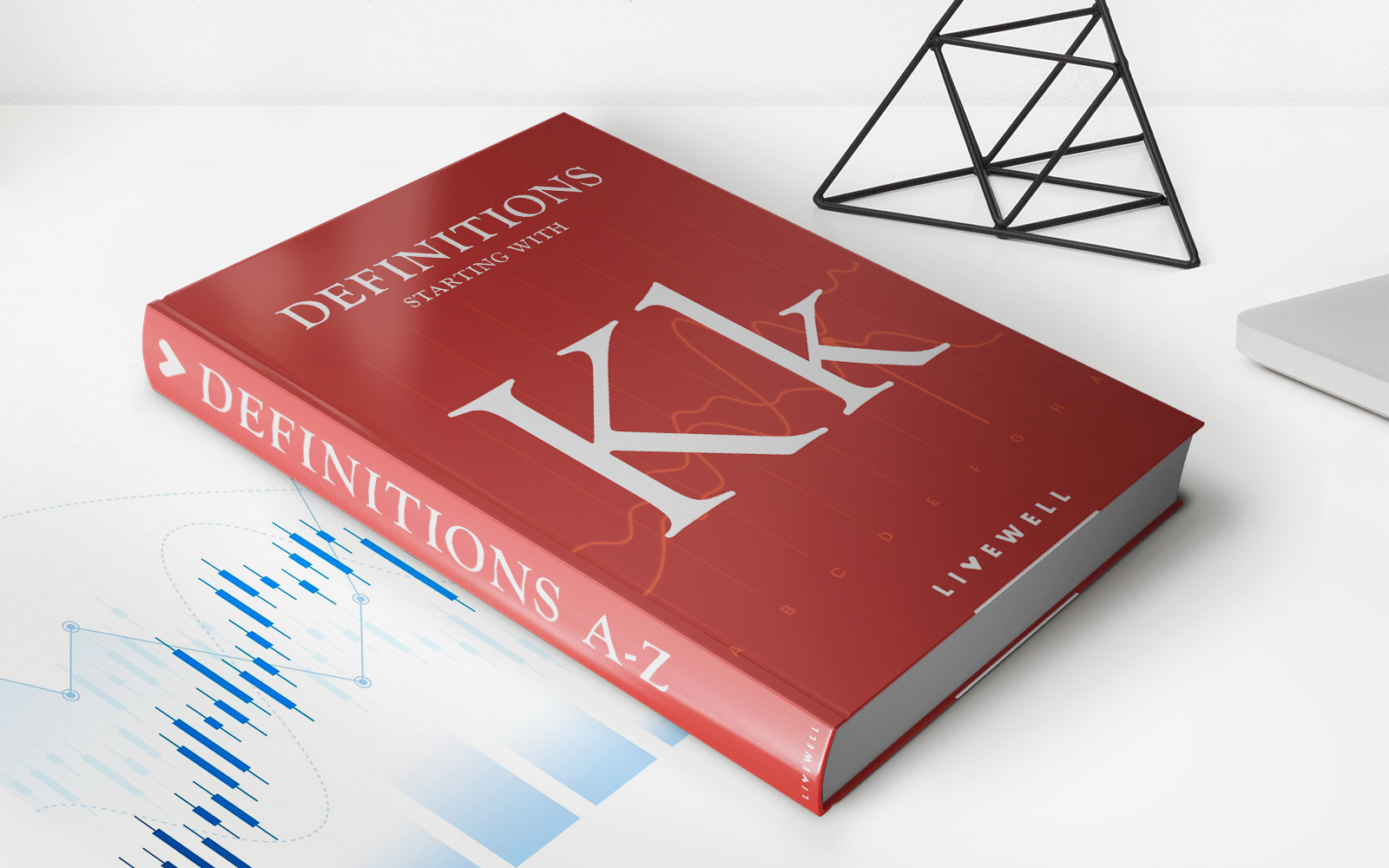Home>Finance>Rule 10b-18 Definition And How Compliance Works
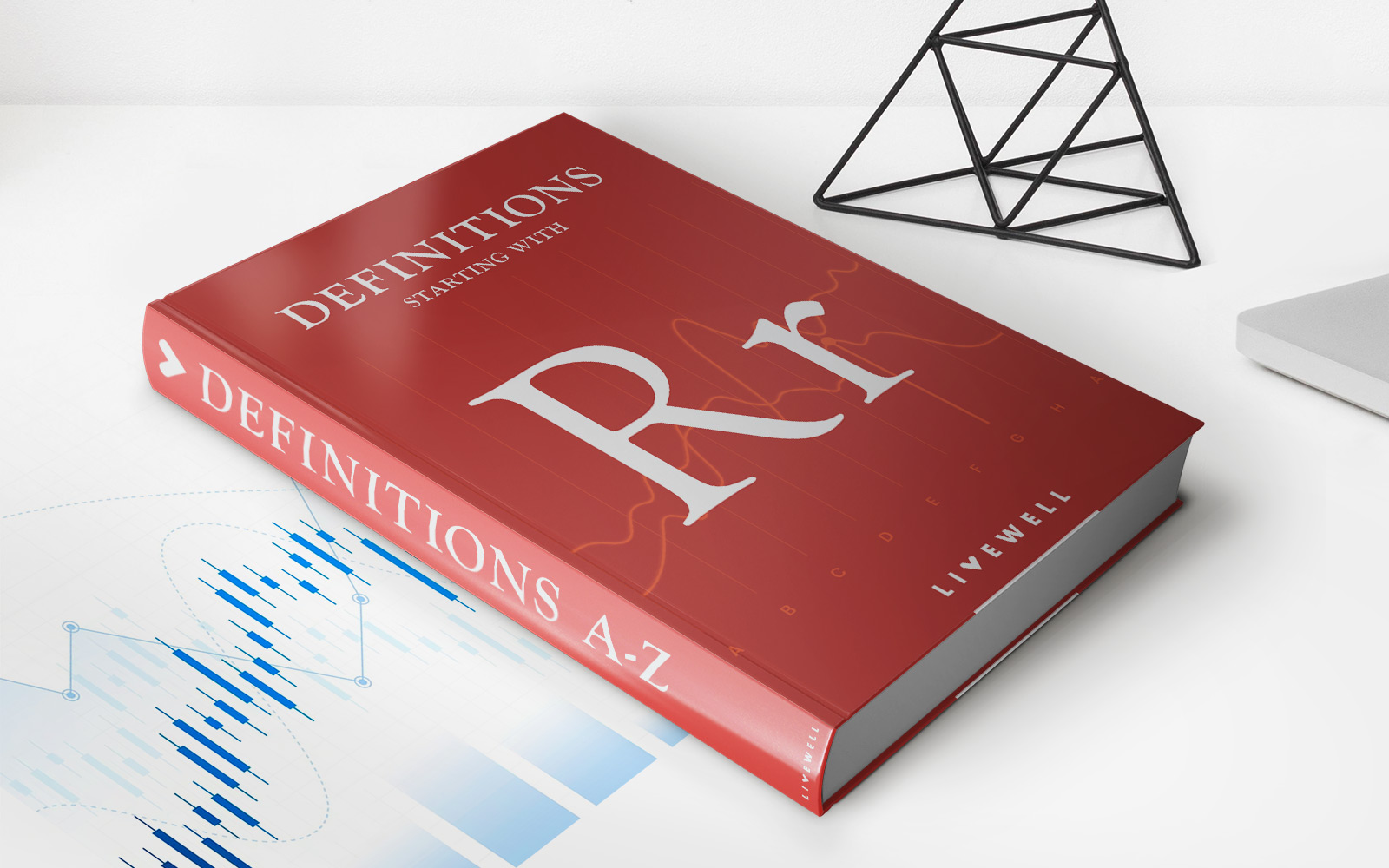

Finance
Rule 10b-18 Definition And How Compliance Works
Published: January 22, 2024
Learn the definition of Rule 10b-18 in finance and understand how compliance works. Gain insights into the regulations governing stock buybacks and their impact.
(Many of the links in this article redirect to a specific reviewed product. Your purchase of these products through affiliate links helps to generate commission for LiveWell, at no extra cost. Learn more)
Rule 10b-18 Definition and How Compliance Works
Welcome to our “FINANCE” category! Today, we are delving into the fascinating world of Rule 10b-18. If you’ve ever wondered about the regulations surrounding stock buybacks, you’ve come to the right place. In this blog post, we’ll explore what Rule 10b-18 is all about, how compliance works, and why it matters in the world of finance.
Key Takeaways:
- Rule 10b-18 is a regulation that provides a safe harbor for companies engaging in stock buybacks.
- Compliance with Rule 10b-18 involves meeting specific conditions to ensure fair and non-manipulative practices.
Understanding Rule 10b-18
Rule 10b-18, also known as the “Safe Harbor Rule,” was adopted by the U.S. Securities and Exchange Commission (SEC) to provide guidelines and protection for companies engaging in stock buybacks. Stock buybacks, or share repurchases, occur when a company buys its own outstanding shares from the market.
While stock buybacks can be used for various purposes, such as returning capital to shareholders or boosting stock prices, they must be executed in compliance with various regulations to ensure fairness and prevent market manipulation. This is where Rule 10b-18 comes into play.
Compliance with Rule 10b-18 involves meeting specific conditions outlined by the SEC. These conditions include:
- Timing: The company must not effectuated any repurchases during the last 30 minutes of trading on the primary market.
- Volume Limitations: The company may not repurchase more than 25% of the stock’s average daily trading volume.
- Price Restrictions: The repurchases must be made at a price that does not exceed the highest independent bid or the last reported sale price, whichever is higher.
- Public Disclosure: The company must publicly disclose the implementation and completion of the buyback.
- Non-Manipulative Practices: The company must not use buybacks to manipulate the market or create a false sense of demand.
By complying with these conditions, companies can utilize the safe harbor protection provided by Rule 10b-18, which reduces the risk of legal challenges or allegations of market manipulation.
Why Compliance Matters
Compliance with Rule 10b-18 is crucial for companies engaging in stock buybacks for several reasons:
- Legal Protection: By adhering to the conditions set forth by Rule 10b-18, companies can enjoy a safe harbor from potential regulatory scrutiny and litigation.
- Investor Confidence: Transparent and compliant buybacks help foster trust among investors, as they ensure fair practices and prevent market manipulation.
- Market Stability: Compliance with Rule 10b-18 helps maintain an orderly and stable market by preventing excessive volatility or false demand signals.
Ultimately, compliance with regulations like Rule 10b-18 plays a pivotal role in maintaining the integrity of financial markets and protecting the investors’ interests.
So, the next time you come across news about stock buybacks, remember the importance of compliance with Rule 10b-18. It’s not just a regulation; it’s a safeguard that promotes fairness, transparency, and market stability in the world of finance.

